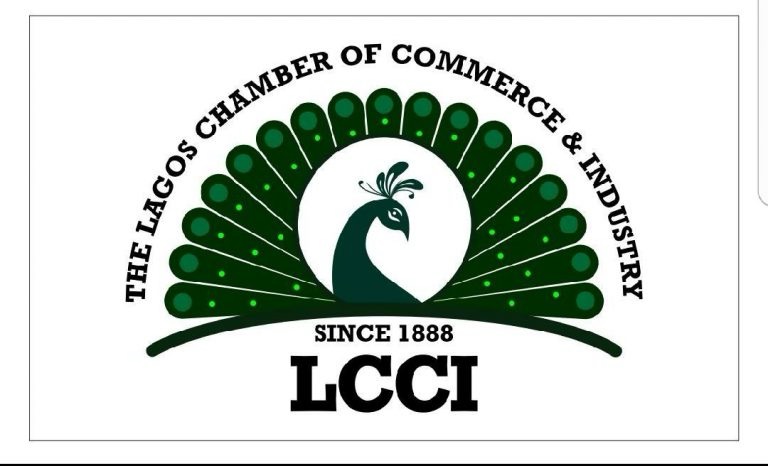The Lagos Chamber of Commerce and Industry (LCCI) has raised concerns over Nigeria’s rising public debt, warning that the country’s current pace of borrowing could undermine fiscal stability and weaken investor confidence.
Speaking during the presentation of the Chamber’s “State of the Economy: Q4 2025” report, LCCI President Gabriel Idahosa said that while there are positive signs of macroeconomic stability and moderating inflation, Nigeria’s growing debt burden remains a serious concern.
As of June 2025, Nigeria’s total public debt stood at ₦152.4 trillion, up ₦18.1 trillion (13.5%) from the ₦134.3 trillion recorded in June 2024. Between March and June 2025 alone, the debt rose by ₦3.01 trillion.
Idahosa explained that the increase reflects new borrowings and the impact of a weaker naira on external obligations. External debt climbed to ₦71.85 trillion ($46.98 billion), while domestic debt hit ₦80.55 trillion ($52.67 billion)—both rising by over 13 percent year-on-year.
He cautioned that debt servicing continues to consume a large portion of government revenue, crowding out essential investments in health, education, and infrastructure. The Federal Government remains the largest borrower, holding ₦76.59 trillion, while states and the FCT owe ₦3.96 trillion combined.
“Although Nigeria’s public debt is technically within sustainable limits, the trend is worrisome,” Idahosa warned. “Without disciplined, growth-oriented debt management, the current borrowing pace could erode fiscal space and investor confidence.”
Despite the concerns, Idahosa acknowledged Nigeria’s economic resilience, noting that real GDP grew by 4.23% in Q2 2025, the highest since 2021, supported by a rebound in oil production and steady non-oil growth.
He urged the Central Bank of Nigeria (CBN) to maintain transparent policy communication to stabilize the foreign exchange and money markets.
Quoting the IMF’s latest regional outlook, Idahosa noted that while Sub-Saharan Africa is projected to grow by 4.1% in 2025, Nigeria’s rising debt service costs, weak revenue base, and limited fiscal space remain key risks to sustainable growth.


